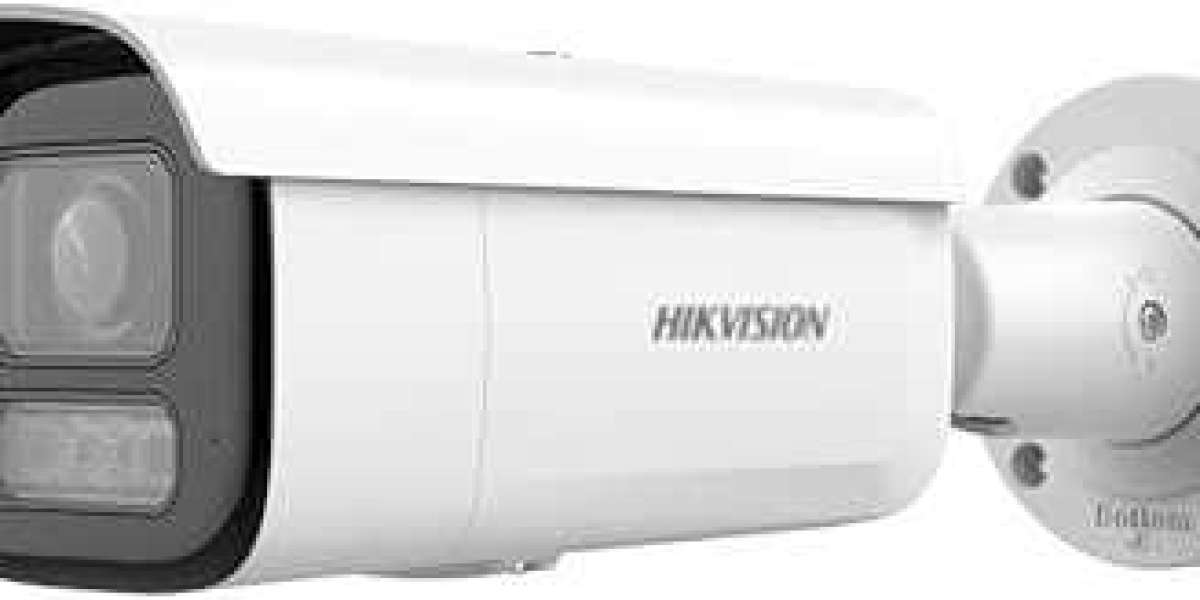What Are Herceptin Biosimilars and Why Are They Important?
Herceptin (trastuzumab) is a monoclonal antibody widely used in the treatment of HER2-positive breast cancer and metastatic gastric cancer. While effective, the high cost of Herceptin has historically been a barrier to treatment in many parts of the world. This challenge led to the rise of Herceptin biosimilars—highly similar alternatives to the original biologic drug that offer comparable safety, efficacy, and quality at a lower cost.
The Herceptin biosimilar market is now a pivotal force in oncology, not only reducing healthcare expenditure but also increasing access to life-saving cancer therapies globally. With more pharmaceutical companies entering the space, competition and innovation are rapidly reshaping the treatment landscape.
The Rise of Biosimilars in Cancer Treatment
Biosimilars are different from generics in that they are not exact copies, due to the complex structure of biologic drugs. However, biosimilars must demonstrate high similarity to their reference product in terms of pharmacokinetics, immunogenicity, and clinical outcomes.
The introduction of Herceptin biosimilars—such as Ogivri, Herzuma, Trazimera, and Ontruzant—has improved treatment affordability and created a ripple effect across healthcare systems. These therapies are particularly beneficial in resource-limited settings where access to original biologics was once unattainable.
Key Drivers Fueling Market Growth
Several factors are driving the rapid expansion of the Herceptin biosimilar market:
Patent expiry of branded Herceptin, enabling biosimilar entry
Increasing global cancer burden, particularly HER2-positive breast cancer
Government policies favoring biosimilar adoption to reduce public healthcare costs
Clinical equivalence studies validating the safety and efficacy of biosimilars
Expanding distribution networks in emerging economies
As the demand for affordable oncology drugs grows, Herceptin biosimilars have become essential components in cancer treatment regimens.
Regulatory Pathways and Approvals
Both the U.S. FDA and the European Medicines Agency (EMA) have established robust pathways for biosimilar approvals. These frameworks have facilitated the market entry of multiple Herceptin biosimilars, each following rigorous testing and comparability studies.
The Biologics Price Competition and Innovation Act (BPCIA) in the U.S. and the European Biosimilars Guidelines ensure that biosimilars meet strict quality standards before being prescribed interchangeably with original biologics. These regulatory supports have boosted confidence among oncologists and healthcare providers.
Regional Market Insights
North America is a leading consumer of Herceptin biosimilars, supported by biosimilar-friendly regulations and growing acceptance among physicians.
Europe saw early adoption due to proactive government pricing strategies and national tenders favoring biosimilars.
Asia-Pacific is witnessing explosive growth due to high breast cancer incidence rates and efforts to make biologics more accessible through domestic production.
India, China, and South Korea are emerging as major biosimilar manufacturers and exporters, strengthening the global supply chain.
Challenges in Biosimilar Adoption
Despite their benefits, Herceptin biosimilars face certain obstacles:
Physician hesitation due to concerns over immunogenicity or switching from the original biologic
Patient awareness gaps regarding biosimilar efficacy and safety
Complex manufacturing and cold-chain logistics requirements
High upfront costs of biosimilar development and clinical testing
Efforts to educate healthcare professionals, streamline biosimilar approvals, and promote real-world evidence are crucial to overcoming these hurdles.
The Future of the Herceptin Biosimilar Market
Looking ahead, the Herceptin biosimilar market is poised for continued growth. Key trends include:
Introduction of subcutaneous biosimilar formulations for greater convenience
Combination therapies with other biologics or targeted treatments
Integration with digital health platforms for treatment monitoring
Strategic collaborations and licensing deals to expand market presence
As oncology treatment becomes more personalized, biosimilars will continue to play a critical role in balancing cost and care quality.








